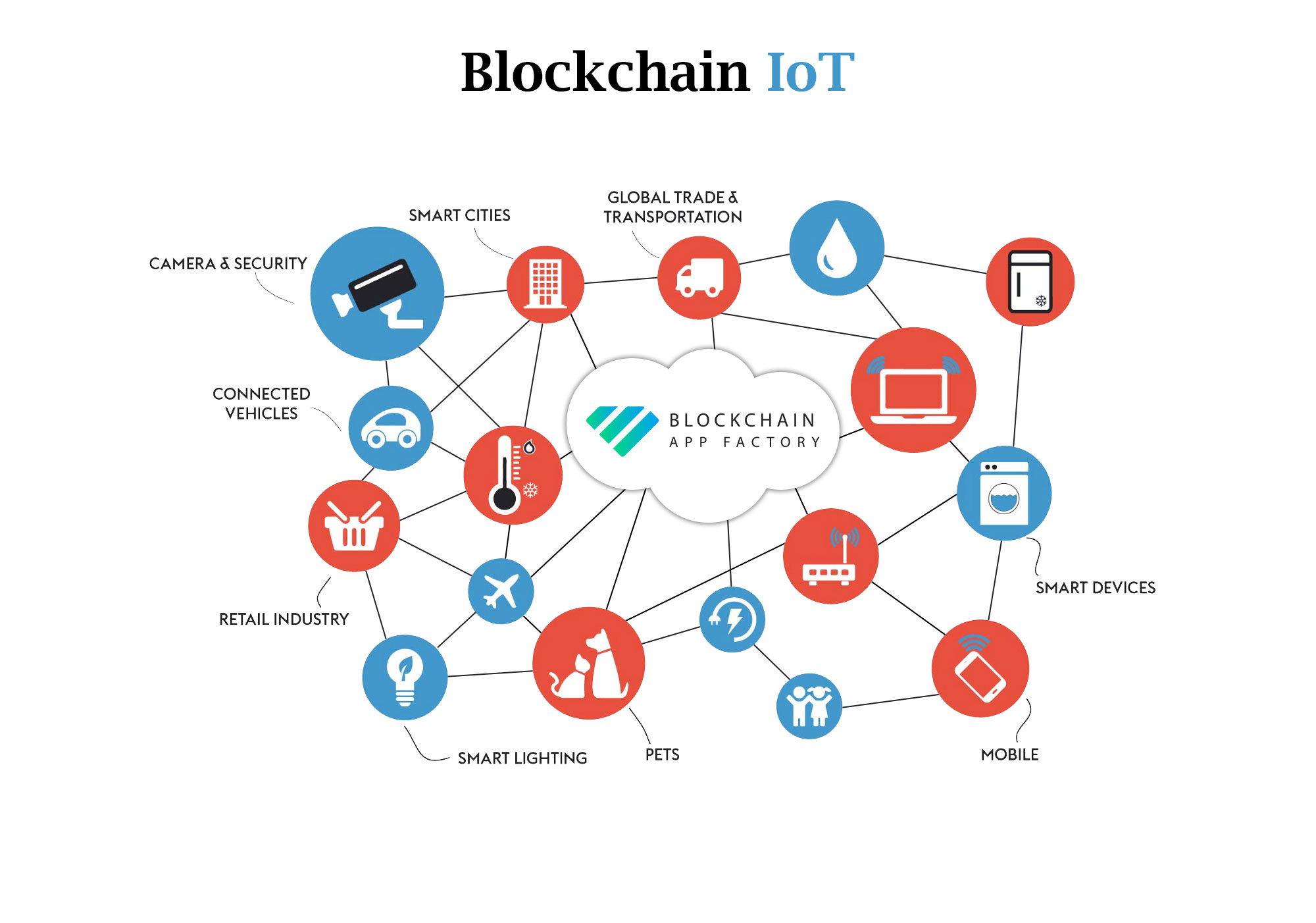7667766266
enquiry@shankarias.in
What is the issue?
What is IoT?
How significant is this becoming?
What are the challenges?
How does blockchain help here?

What are the key features of IoT-Blockchain use?
How could large scale adoption be ensured?
Source: Business Line